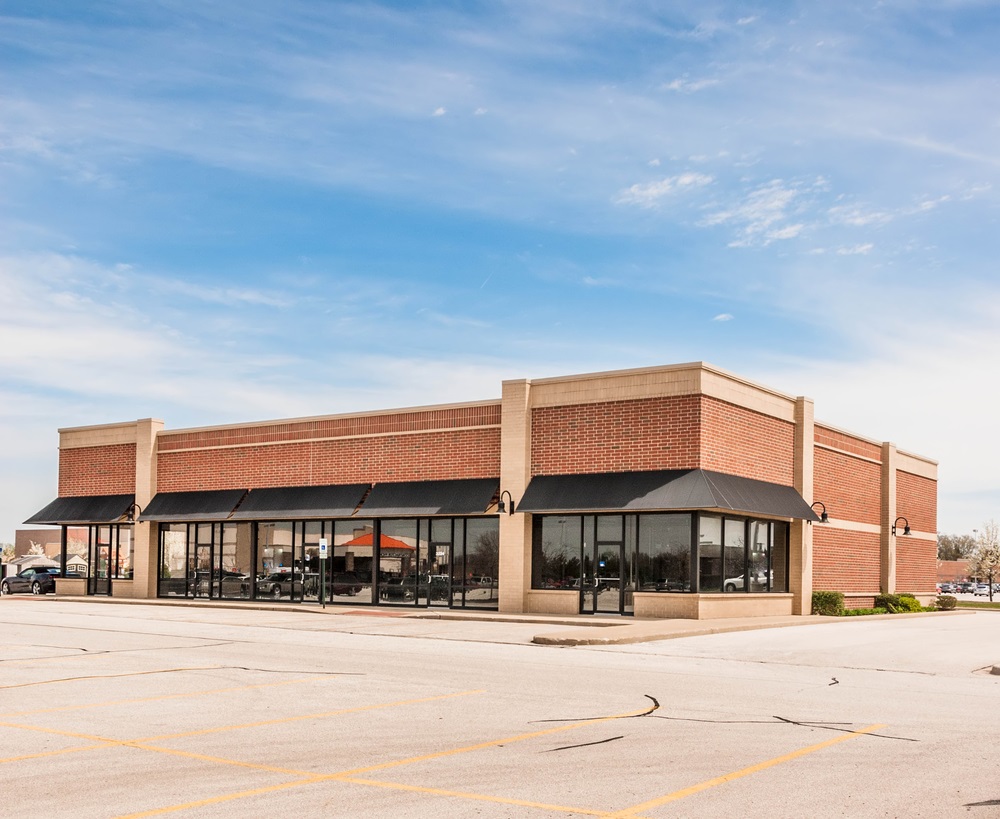Lender/Tenant Concerns When a Landlord Defaults on Its Mortgage
The Wall Street Journal recently reported that a total of $58.3 billion of the commercial-mortgage loans sliced and diced on Wall Street are currently delinquent. More than $1.4 trillion in commercial mortgages will come due by 2013, with as much as 65 percent of those deals finding it difficult to refinance. The delinquency rate of 8.58% is still nearly twice as high as the year-ago level of 4.8%. In New Jersey, the delinquency rate for borrowers of commercial mortgages increased to 7.65% in August 2010 from 0.52% in August 2008.1
The foregoing figures show that the fallout from the Great Recession continues to hit the commercial real estate industry hard, forcing some owners of office buildings, shopping centers, and industrial properties simply to walk away from their properties. What happens to a tenant who operates a business out of such a property? Put another way, what are the tenant’s rights vis-à-vis the lender and vice-versa? In New Jersey, a lender whose mortgage pre-dates a lease, and where the parties did not enter into a Subordination, Non-Disturbance & Attornment (SNDA) agreement, may repudiate the lease and consider the tenant a trespasser subject to eviction. A lender cannot, however, evict a tenant whose lease pre-dates the mortgage.
Hopefully, for such tenants and lenders, their respective rights will have been addressed at the lease drafting stage of the lender’s relationship with the landlord either directly in the lease or, more commonly, in the SNDA. The purpose of SNDA agreements is to govern the interplay of the rights of the landlord, tenant, and lender when those rights intersect – usually in the event of a default by the landlord-borrower. The SNDA: 1) provides for the subordination of the lease to the lender’s mortgage (in most instances), 2) assures the tenant that its occupancy of the premises will not be disturbed even if the landlord defaults on its loan and the lender forecloses, and 3) assures the lender that the tenant will continue as tenant of the new landlord (the lender or a purchaser at a foreclosure sale).
In addition to the foregoing, the SNDA may include provisions designed to protect a lender from the negative impact of sweetheart deals between a landlord and tenant (landlord-tenant conspiracies), shift to the tenant certain identified risk of loss (e.g. the landlord steals the tenant’s security deposit), and clean up certain contractual provisions in the original lease. In many lease negotiations, given the competing interests of the three parties, the negotiation of the SNDA between the parties can take up a lot of time and energy.
As a practical matter, however, most lenders will not want to evict a legitimate tenant that pays its rent. As such, it is legitimate to ask whether a lender really needs a subordination agreement in the first instance. Subordination may matter in the event there is a conflict between the mortgage and lease regarding the application of casualty and condemnation proceeds. The lender could seek to garner the tenant’s agreement that the mortgage controls in such instances. The remainder of the major concerns dealt with in the SNDA could just as easily be addressed in a well drafted lease.
Whether these issues are addressed in a full blown SNDA negotiation, or are part of the loan/lease negotiations, the prudent course is for the parties to focus at the negotiation stage on the parties’ respective rights in the event the landlord were to ever deem it in its best interest to simply walk away from its property, leaving the lender and tenant to pick up the pieces.
1 Tangel, Andrew, "Little Stigma for Commercial Real Estate Owners Who Default on Mortgages," Bergen County Record, September 19, 2010




